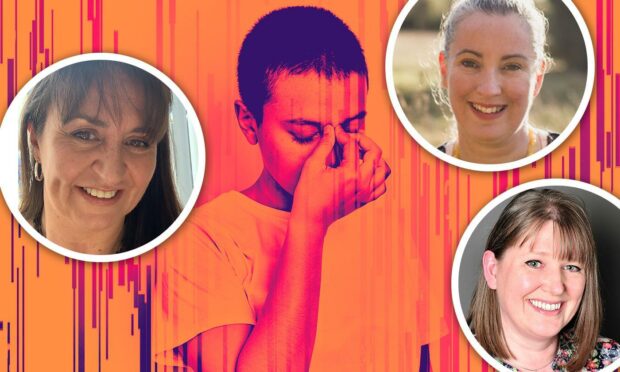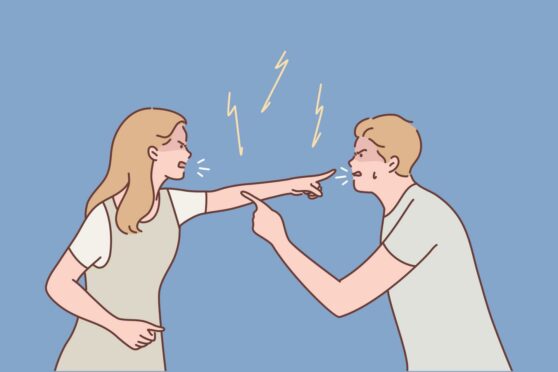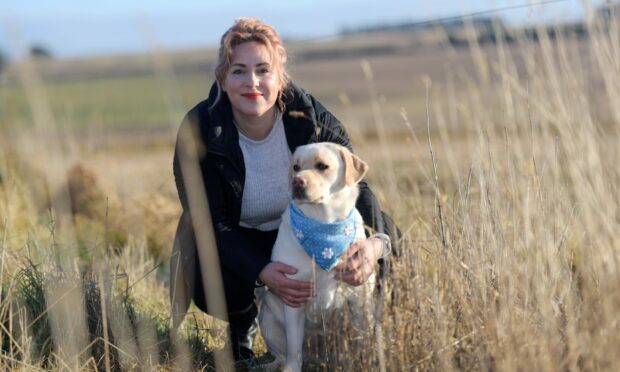Annually, the third Monday of January is deemed the most depressing day of the year – Blue Monday – but why is this the case?
Today marks the 17th anniversary of the date, which was invented by Welsh psychologist and life coach Cliff Arnall.
And while efforts to destigmatise mental health have been welcomed, it’s also been branded a “PR gimmick”.
How do we know it isn’t a myth?
When the company Sky Travel published the infamous Blue Monday press release in 2005, they claimed the results came from a “scientific formula.”
This took into consideration factors such as bad weather, long nights, post-Christmas debt and failed New Year’s resolutions.
It’s estimated only around 16% of people who make resolutions actually stick to them, with those who fail giving up within the first six weeks.
As a result, it’s crucial to ensure realistic and manageable goals are set before committing to change.
The most common resolutions made includes losing weight, quitting smoking, spending less money and learning a new skill or hobby.
Is it Blue Monday or SAD?
Seasonal affective disorder is a form of depression which affects individuals during particular types of weather.
The symptoms of this condition are usually more severe during the winter period which Blue Monday is very much a part of.
It’s believed that the lack of sunlight at this time of year stops part of your brain, the hypothalamus, functioning as it normally would.
People who have a family history of the condition are at greater risk of developing it.
Signs you could have SAD includes a persistent low mood, irritability, loss of interest in daily activities, lacking in energy, craving carbohydrates and gaining weight

‘This invalidates feelings’
Aberdeen-based counsellor Patricia McIntosh thinks it’s “great” that something like Blue Monday can increase awareness of depression and SAD.
However, she fears doing this on one day of the year is “counterproductive,” particularly for depression which can be present during any season of the year.
“This invalidates the feelings of the individual,” she said.
“They feel they’re not able to talk about it as they will be judged as being silly, being down in sunny weather.
“This can negatively impact the individual’s recovery as they are less likely to reach out for support.”
She added that Blue January can be used as a “marketing technique to sell holidays” as “January is a time when a lot of people book their summer holidays.”
‘PR gimmick’
Psychotherapist Zac Fine branded the date as a “PR gimmick”.
But he said Blue Monday did remind him of when he worked for suicide prevention helpline Samaritans, and how certain days proved busier than others.
He explained: “It was known that the Sunday night and Monday morning shifts were the busiest.
“We assumed this was do to with the fear, pain and sadness of facing another week when life is not going well.
“Life can be really lonely and confusing at times for all of us, especially when we are sitting with big questions.”
He also feels the way December and January are perceived has shifted in recent years.
“Not so long ago they would have been largely about resting, digesting the previous year and looking forward to spring.
“A much needed period of composting for the soul. Some of those existential questions might have taken care of themselves in the cyclical way of nature.
“But in a debased, frantic world where we have to stay on all the time, it can all feel like too much.
“Stop, I want to get off. Or, rather, I don’t really want to get back on.”












